What is the main function of the brass breather valve?
The main function of the brass breather valve is to maintain the stability of the internal pressure of the tank or container and prevent damage to the equipment due to overpressure or vacuum. Specifically, when the internal pressure of the tank rises to the set value, the breather valve will automatically open and release excess gas to prevent excessive pressure from causing equipment rupture or risk.
When the internal pressure of the tank decreases, the breather valve will automatically inhale external air to maintain the stability of the internal pressure of the tank. In addition, the brass breather valve can also reduce the volatilization and loss of the medium in the tank, improve storage efficiency and safety.
What should be paid attention to during the installation and use of the brass breather valve?
The following matters need to be paid attention to during the installation and use of the brass breather valve to ensure its normal operation and extend its service life:
Pre-installation inspection: Before installing the brass breather valve, the valve and surrounding piping system should be thoroughly inspected to ensure that there is no damage, corrosion or debris that may affect performance.
Correct valve positioning: Position the brass breather valve in an easy-to-operate position and ensure the correct direction for proper flow control.
Proper Pipe Preparation: Clean and deburr pipe ends to ensure a secure, leak-free connection. Use appropriate fittings and sealants based on the specifications of the valve and piping system.
Ensure a secure installation: Use appropriate mounting hardware to securely fasten the brass breather valve to the piping system and avoid over-tightening, which can damage the valve or compromise its integrity.
Pressure Testing: Perform a pressure test after installation to verify system integrity and identify any leaks. Follow industry standards and guidelines for pressure testing procedures.
Regular Inspection: Inspect brass breather valves regularly to detect any signs of wear, corrosion, or leaks. Inspect valve components, including the ball, seat ring, stem, and seals, to ensure there is no damage or deterioration.
Lubrication: Proper lubrication is essential to ensure smooth operation and prevent corrosion. Apply a compatible lubricant to the valve stem and other moving parts according to manufacturer recommendations.
Cleaning: Clean brass breather valves regularly to remove any dirt, debris, or buildup that could affect performance. Use a mild detergent and water to clean, and avoid strong chemicals that could damage the valve.
Leak detection: Monitor the brass breather valve for signs of leakage, such as dripping or water accumulation around the valve body. Repair or replace any leaking valves in a timely manner to prevent water waste and potential damage to the surrounding area.
Valve exercise: Open and close the brass breather valve regularly to prevent sticking and ensure normal function. This helps maintain the integrity of the valve and extend its service life.
Installation location: The brass breather valve should be installed on the top of the tank, ensuring that it is about 45° from the vertical line to ensure good sealing performance and prevent gas leakage.
Flange connection: The inlet and outlet pipes connected to the valve should be supported and cannot be attached to the valve to ensure the stability and safety of the system.
Regular maintenance: It should be calibrated and inspected once a year, mainly checking the sealing and opening pressure to ensure the long-term stable operation of the valve.
Safety protection: During installation and maintenance, appropriate safety protection devices should be worn, such as hard hats, anti-static clothing, work shoes and cotton gloves for operation, and explosion-proof tools should be used when necessary.
By following the above precautions, you can ensure the efficiency and safety of the brass breathing valve in installation and use, thereby extending its service life and reducing maintenance costs.

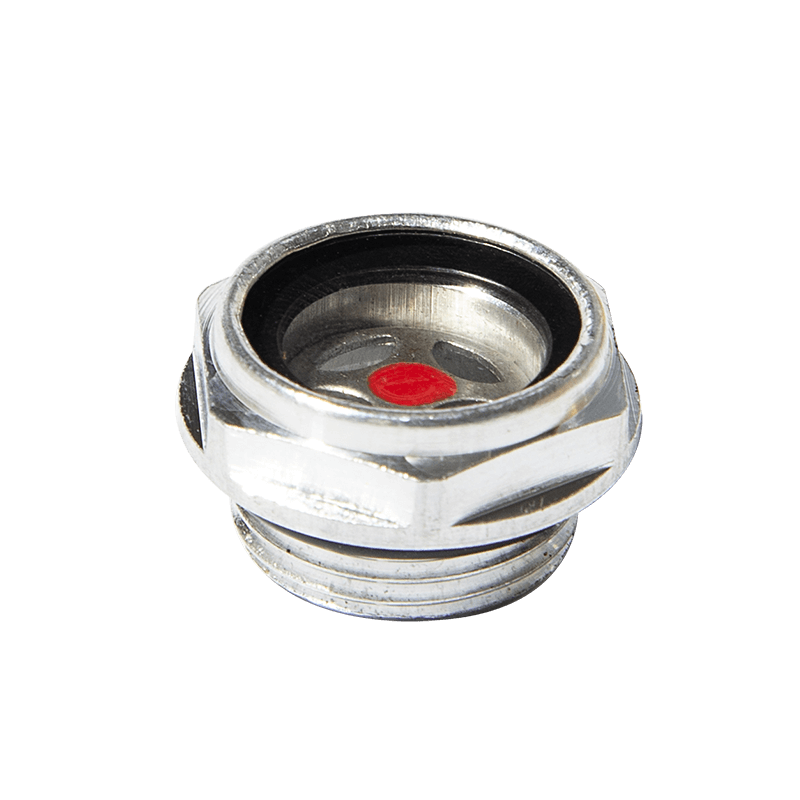
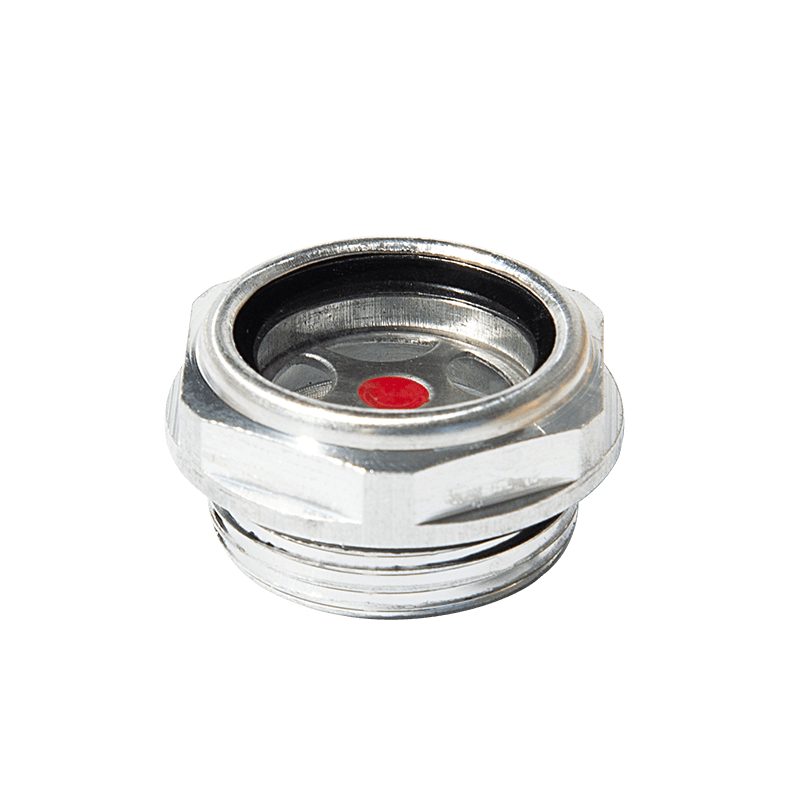
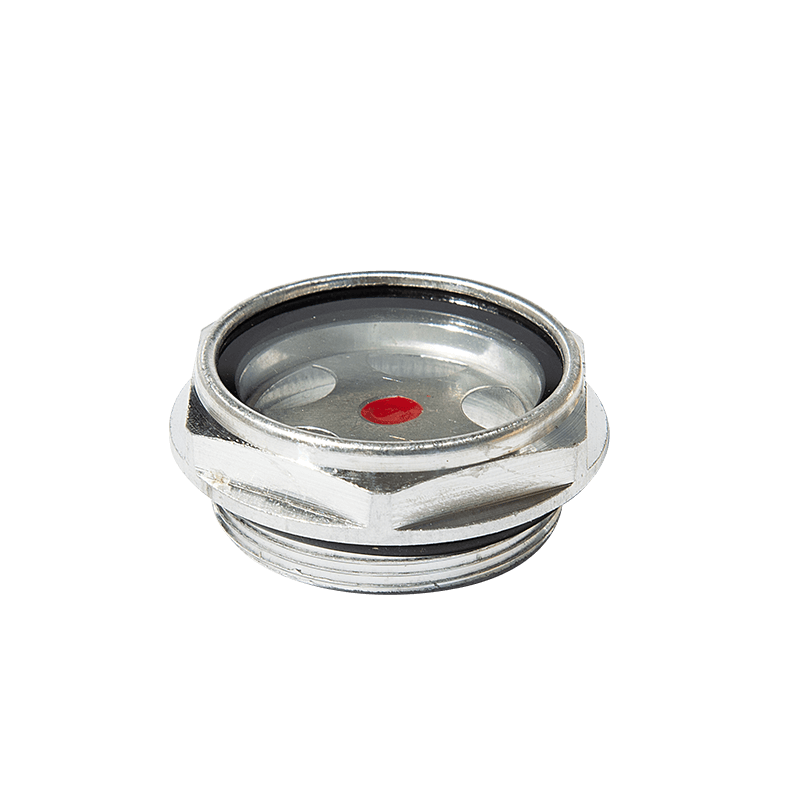
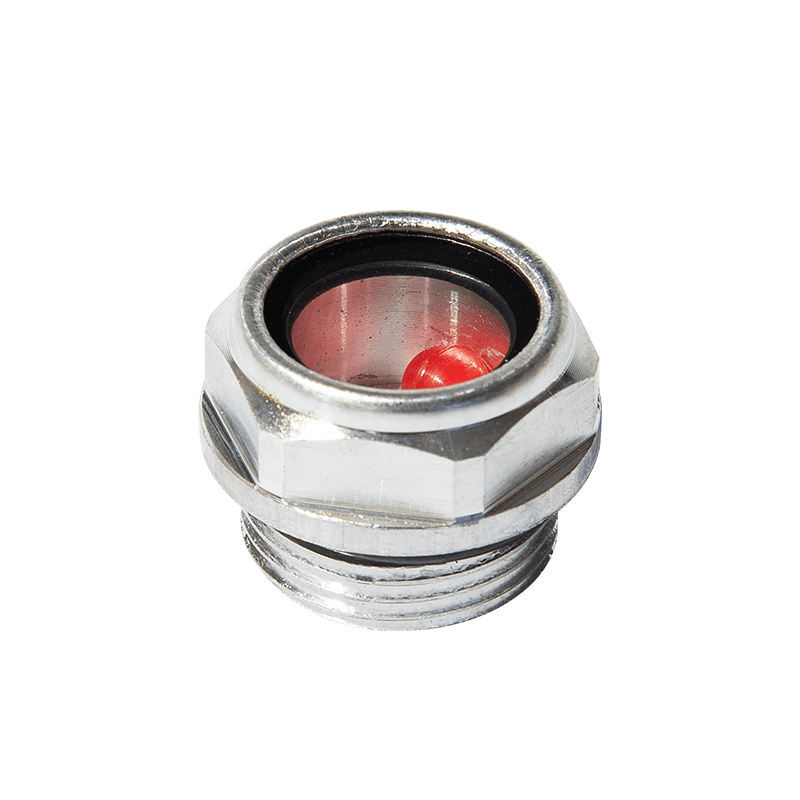
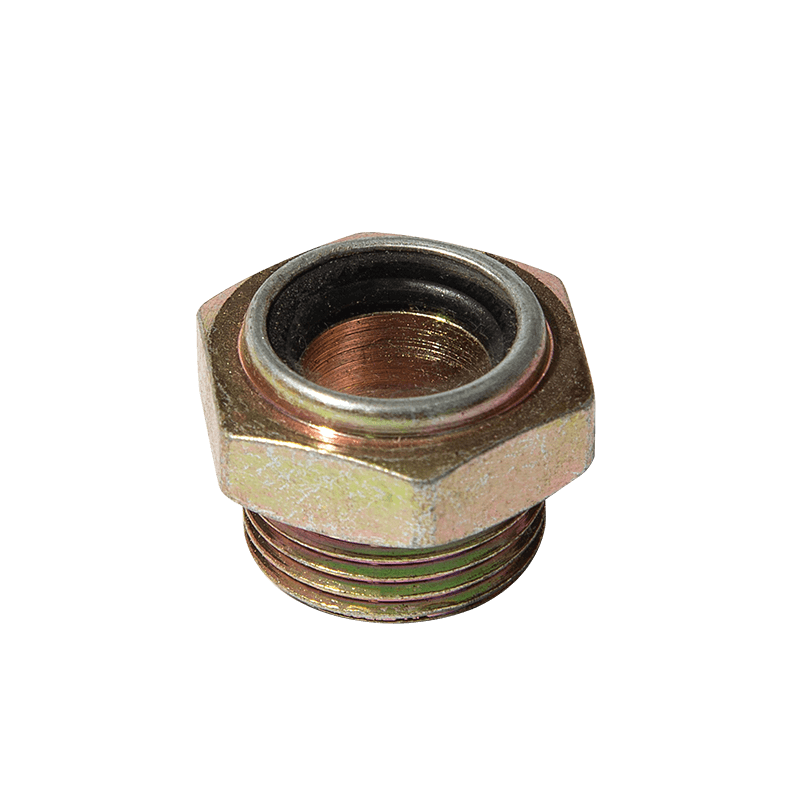
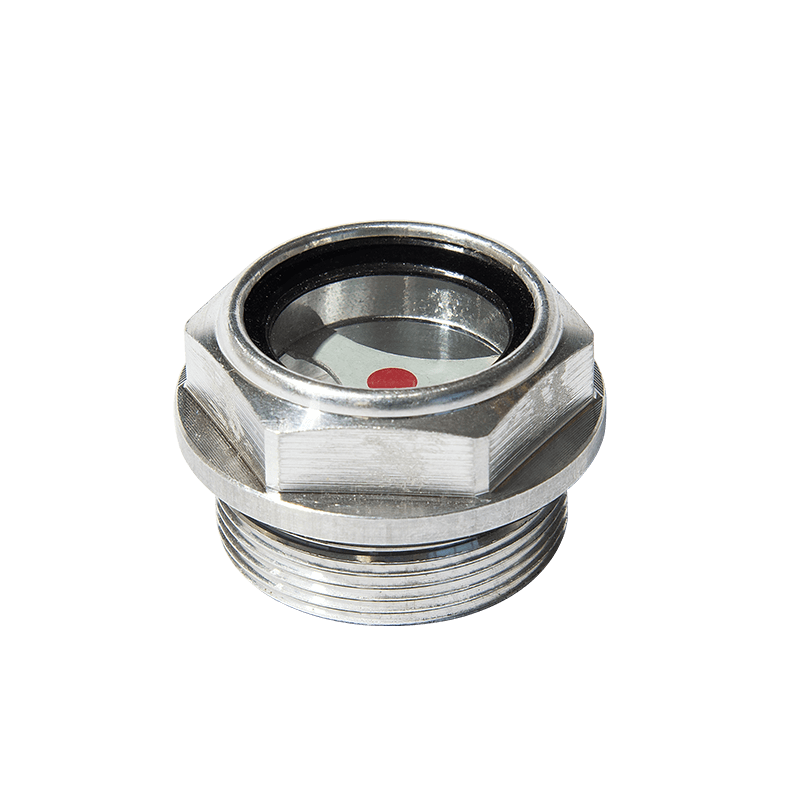
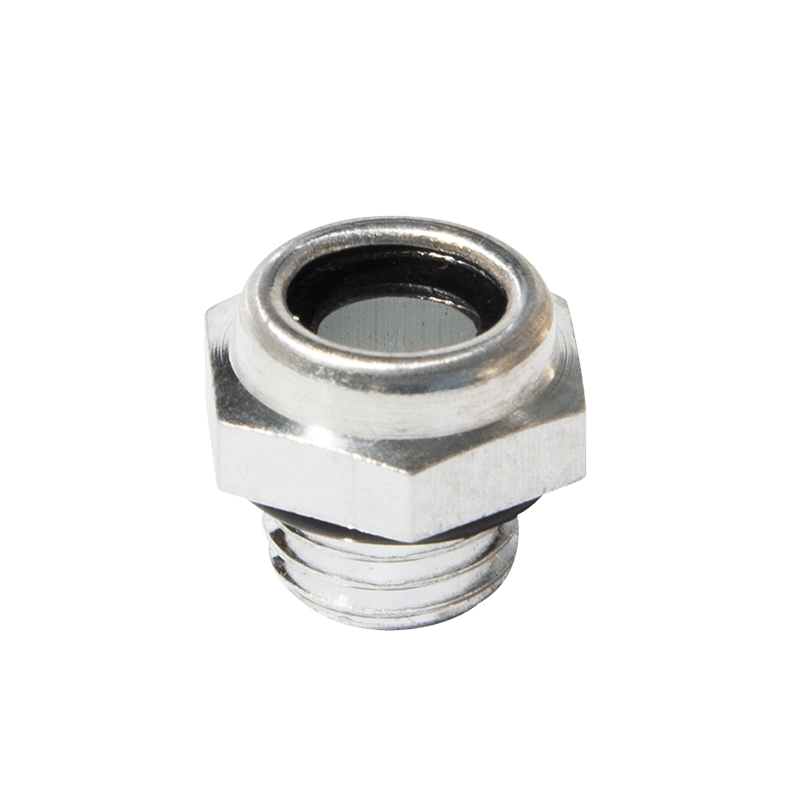
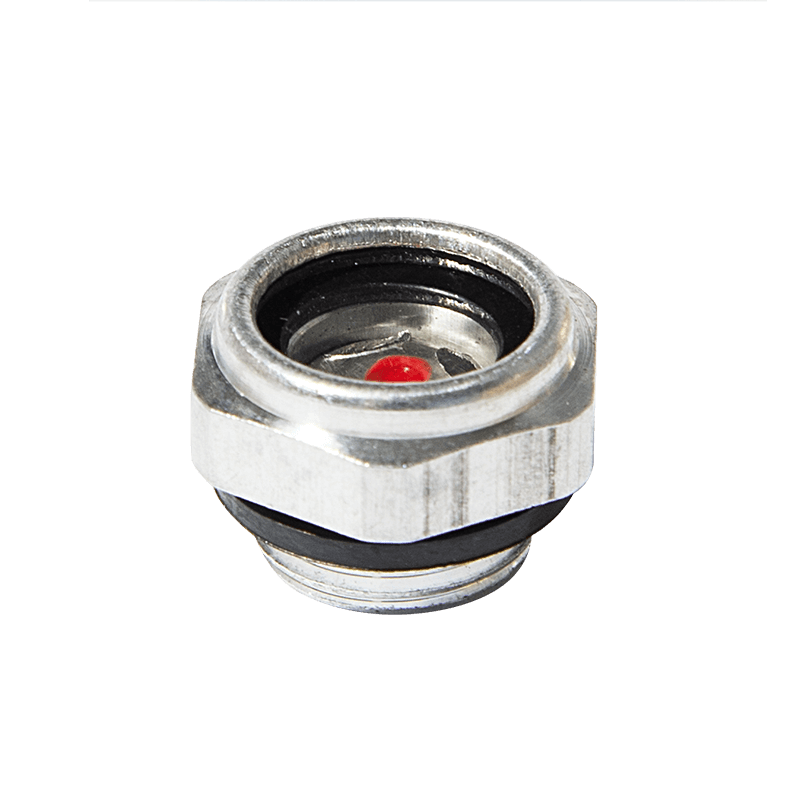
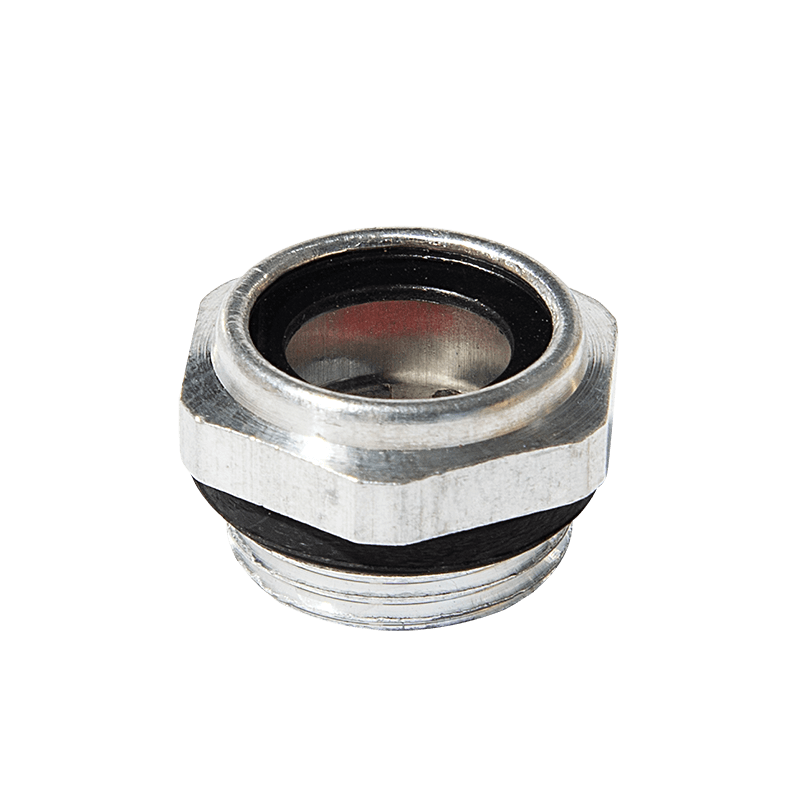
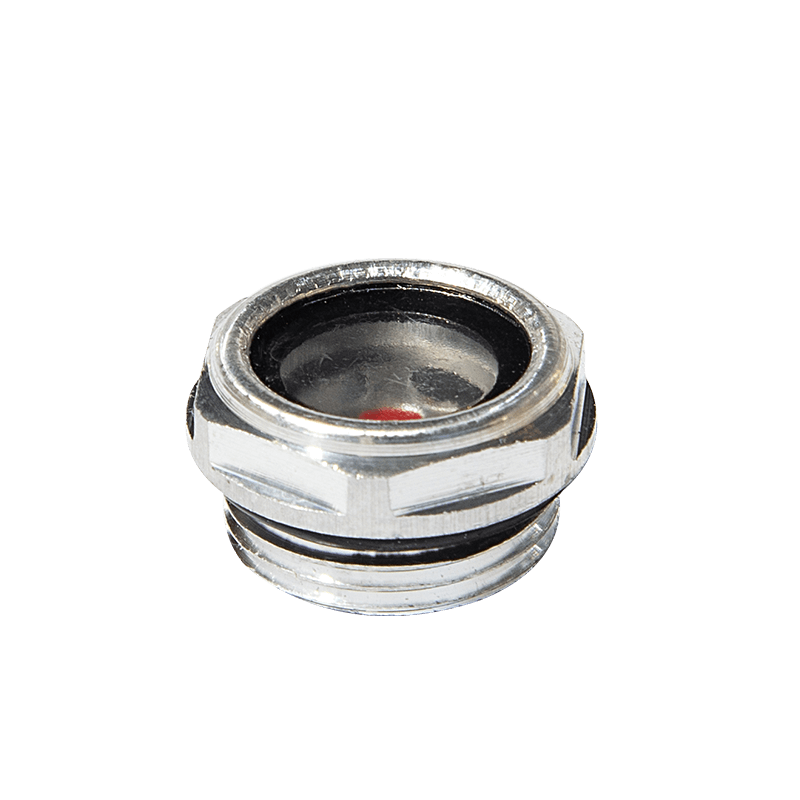





Contact Us